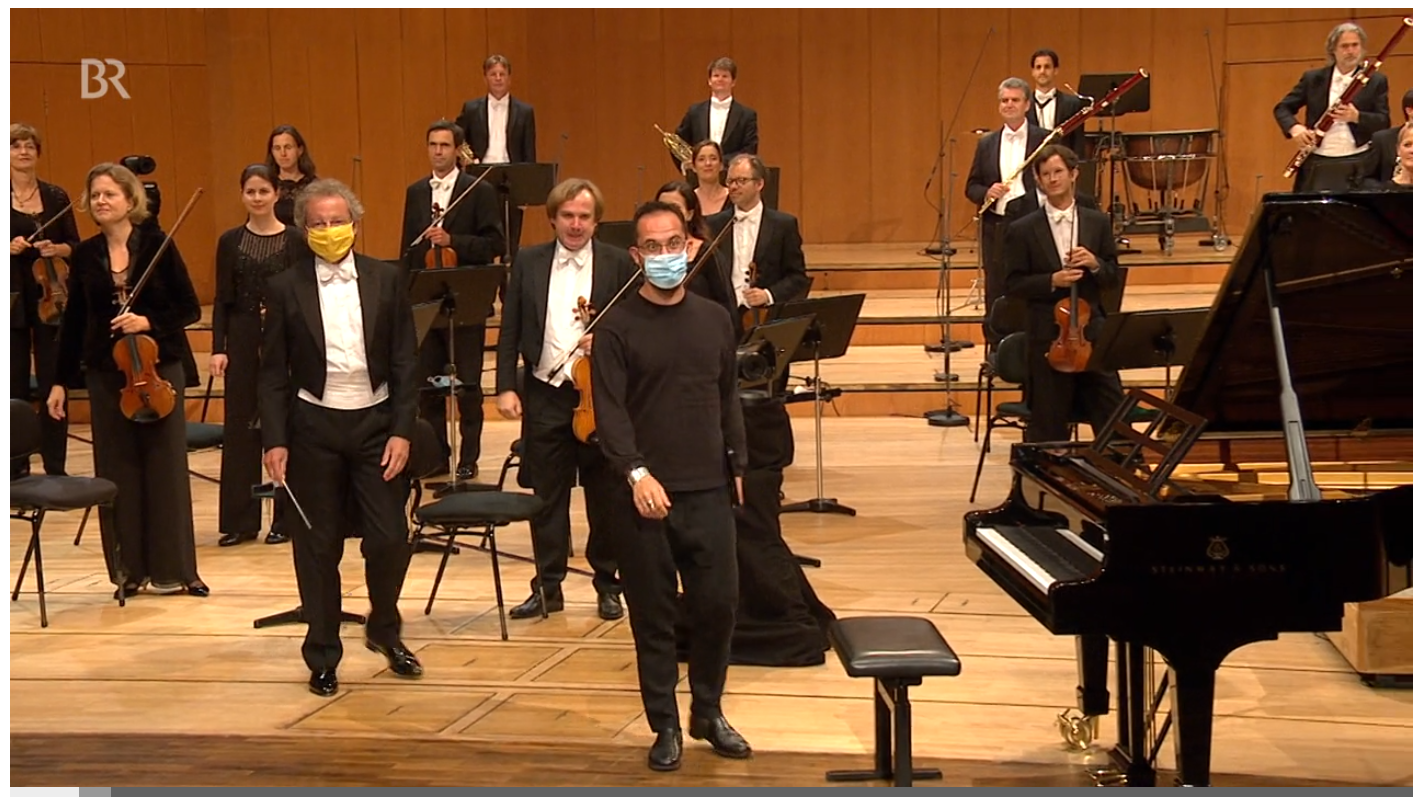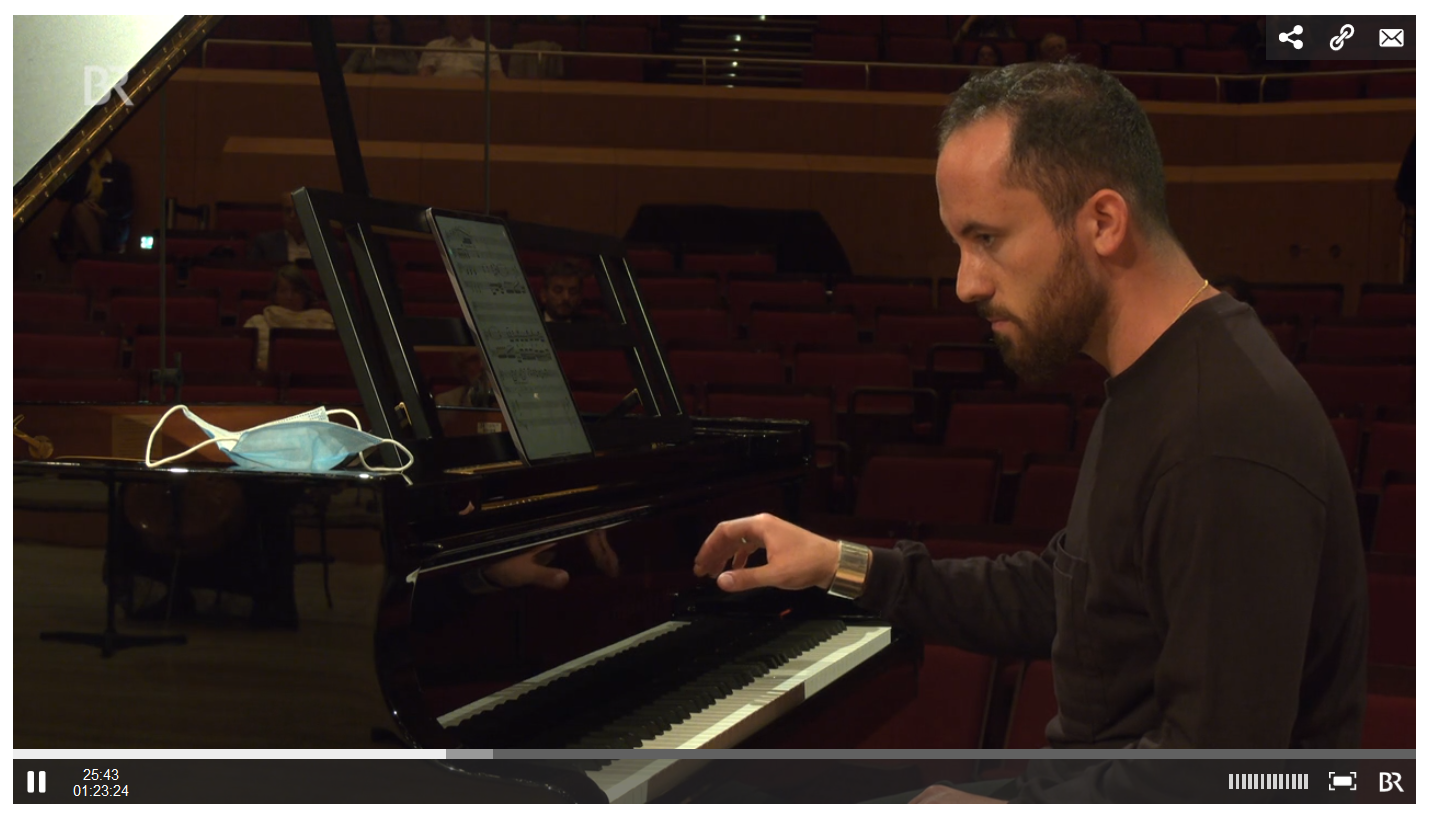Discoveries Weekly No. 15 (July 20-July 26, 2020)
Here are some discoveries that fascinate me this week.
Biology
Dynamics in protein translation sustaining T cell preparedness
Wolf and Jin et al. reported on Nature Immunology their study of dynamics of mRNA translation kinetics and protein turnover in human naive and activated T cells. They found that transcription factors (TFs) maintaining T cell quiescence had constitutively high turnover, which facilitated their depletion following activation. Naive T cells maintain a large number of idling ribosomes, repressed mRNAs, and glycolytic enzymes that can be rapidly engaged upon stimulation, promoting an immediate translational and glycolytic switch to ramp up the T cell activation.
They provide a resource of protein turnover, absolute translation kinetics, and protein synthesis rates in T cells at www.immunomics.ch.
Computational biology
- Re-use of public sequencing data in Bioconductor with recount2.
- Wang et al. reported in Nature Machine Intelligence their effort to embed gene-sets into machine-learning applicable structures, named as Set2Gaussian.
- In the same issue, Tasaki et al. reported their attempt to predict differential gene expression between tissues based on promoter features (which are associated with binding of transcription factors) and mRNA features (associated with binding of either RNA-binding proteins or microRNAs) as input.
Programming
Continuous documentation, testing, and integration of R packages
See my other blog post for my learning notes, with the updating of the ribiosUtils package as an example.
Citizens’ Assembly
A citizens’ assembly is a unit (body) formed by citizens of a state to deliberate, which means weighing facts and arguments with a view to a choice or decision and carefully considering the probable consequences of a step, an issue or issues of local or national importance.

The membership of the assembly is randomly selected. For instance, in a state of 500,000 people, we may decide to draw 500 people randomly, or one per thousand, to represent all citizens. They can be workers, bankers, medicinal doctors, students, retired seniors, homeless people, etc.. The exact number required to represent citizens in an unbiased manner is both a statistical and a sociological question that can be challenging to answer. Nevertheless, the idea is simple: people are randomly drawn to represent all citizens, what we call ‘sampling’ in statistics.
The representatives pause their other duties for a certain period of time, say one year, and use the time to discuss and consult with other representatives about questions that requires action, for instance whether to legalise the consumption of psychological drugs. They do not draft or pass laws, instead they make suggestions to parliament and government about the topic they deliberate. All citizens can make decisions based on the recommendations of the assembly, for example, by a referendum.
The history of citizens’ assembly can be traced back to the democracy in Athens. One of the famous contemporary examples is the citizens’ assembly of Ireland, which among others led to the discussion of the issue of abortion and finally to a successful, peaceful solution of this challenging social issue. More examples can be found in the Wikipedia page of citizens’ assembly.
Multiple features make this model appealing. It encourage individuals to take a topic seriously and to exchange views with each other. It thrives upon cognitive diversity and the wisdom of the crowd. The participants are less vulnerable to vested interest, which are often unavoidable for professional politicians. The deliberation process, though sometimes perceived as slow and even chaotic, can lead to better understanding and potentially better resolutions of important, challenging issues.
I found this form of democracy interesting. It may has the potential to address some most burning challenges that we face in my opinion, including climate change, increasing inequality, and waning interest in participating in democracy.
Other gems
Life In A Day (2020)
Life in a Day (2020), a film project to which everyone can contribute, by filming their life on July 25th, 2020, organized by YouTube: Life in a Day 2020.
The 2010 version is available at YouTube.
Online recording archive of Bavarian Radio Symphony Orchestra (BRSO)
Corona has fundamentally changed the way how we listen to live music, at least for the time being. Good news: many music groups put their video and audio archive online for free watching. There are many gems there. This week, I discovered that of BRSO.
Among others is a performance of Piano Concerto No. 2 of Beethoven and the ‘Prager’ symphony of Mozart by Igor Levit (piano) and Franz Welser-Möst (conductor) especially interesting. It was the first concert after months of pauses. The empty chairs and extravagant distances between musicians made me almost sad. We have the music back, nevertheless, thankfully.


Have a nice weekend!